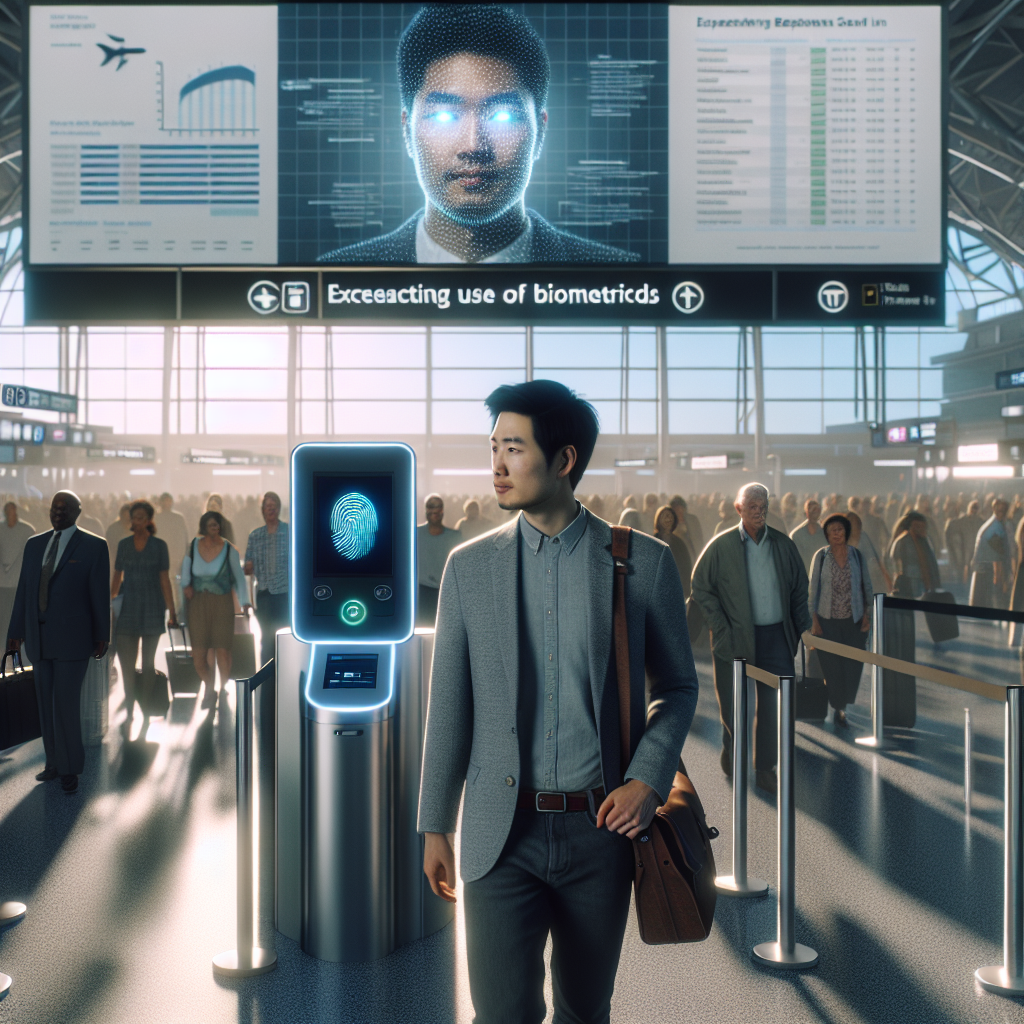Biometric Exit Quietly Expands Across U.S. Airports, Stirring Concern Among Travelers
The U.S. is steadily expanding its biometric exit system across numerous airports, employing facial recognition technology to verify departing travelers. While the expansion aims to enhance border security and streamline passenger processing, it has also raised privacy and civil liberty concerns among some travelers and advocacy groups.
Nationwide Rollout of Biometric Exit Underway
After more than a decade of limited pilot programs capped at 15 airports, the U.S. Customs and Border Protection (CBP) recently received regulatory approval to implement biometric exit procedures nationwide. This allows facial recognition checks of non-U.S. citizens leaving through airports as part of routine departure processes. The expansion is built upon CBP’s Traveler Verification Service (TVS), a cloud-based system matching live images against databases of passport, visa, and flight information. When a match occurs, boarding is expedited; otherwise, travelers present physical documents for inspection.
Leading airports like Miami International, San Diego International, Orlando International, and others have integrated biometric exit technology through partnerships with private firms such as SITA. These deployments have led to significantly reduced passenger processing times and improved accuracy, with biometric matching rates exceeding 99%. San Diego’s Terminal 1, for example, now features face biometrics at check-in counters and boarding gates, contributing to a seamless travel experience.
Technological Investments and Legislative Support
The expansion is supported by substantial federal funding, including billions allocated under recent legislation aimed at border modernization. These funds target not only biometric entry-exit systems but also AI-powered surveillance technologies and mobile biometric checks for law enforcement. This comprehensive approach envisions a future where biometric data and artificial intelligence are integrated to bolster border security and streamline traveler verification.
Privacy and Ethical Concerns
Despite operational benefits, the expansion of biometric exit has generated unease. Privacy advocates question data retention policies, especially regarding how images of non-citizens are stored and for how long they are accessible within Department of Homeland Security systems. Although CBP asserts that photos of U.S. citizens are deleted within hours, images of non-citizens may be retained longer for enforcement purposes, raising concerns about surveillance overreach.
Moreover, some travelers report discomfort and uncertainty about the use of facial recognition technology, often implemented without widespread public awareness or explicit consent. The quiet, phased expansion has contributed to unease about transparency and potential errors in biometric matching.
Implications and Future Outlook
Biometric exit technology represents a major shift in how the U.S. manages border security and air travel logistics. The integration of facial recognition speeds processing and enhances security but also demands careful oversight to balance security benefits with civil liberties. As nationwide implementation progresses, continued public dialogue and regulatory scrutiny will be essential to address privacy issues and maintain traveler trust.
Looking ahead, airports and federal agencies are expected to continue refining biometric systems and expand their use, with an emphasis on technological improvements and scalability. Travelers can anticipate growing encounters with biometric verification during departures, signaling a new era in travel security and identity management.
